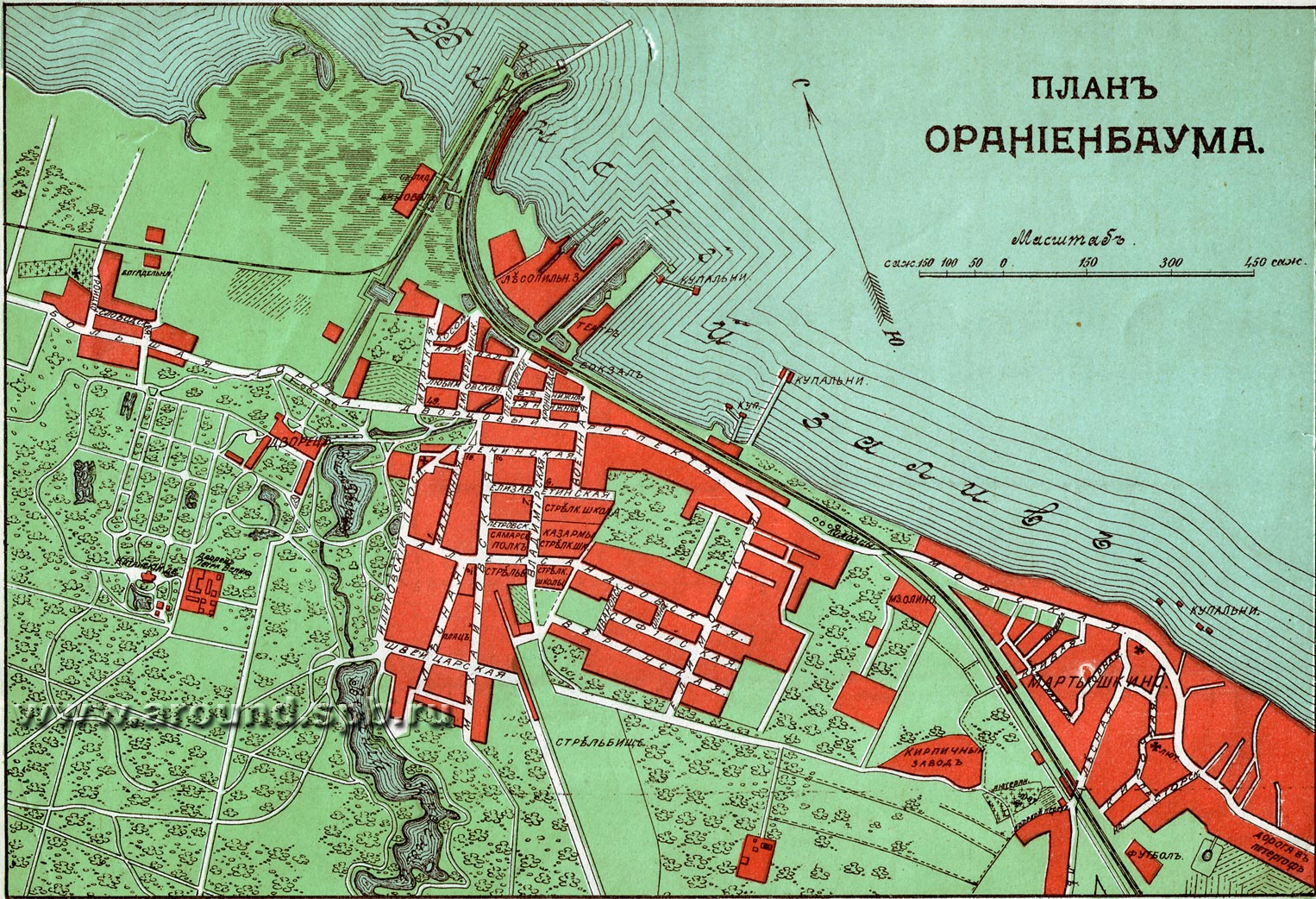
网站公告
more- The Insider ... 25-05-28 02:33
- Jobet 2025 –... 25-05-27 22:32
- Make Classic... 25-05-27 15:55
- Hello 25-05-27 04:43
Crafting A Winning Pricing Strategy
IKWMason26402217206 2025.05.21 00:02 查看 : 3
First and foremost, it is mandatory to understand the market dynamics of the food industry. Research your competitors, including their pricing strategies, products, and customer bases. Identify the key factors that influence pricing in the food distribution industry such as supply and demand, production costs, and market forces. This research will help you understand the trends and patterns in the market and make educated decisions about your pricing strategy.

Another crucial consideration is your costs. As a food distributor, your costs include the purchase price of the products, transportation costs, storage costs, and labor costs. Make sure to account for these costs into your pricing strategy to ensure that you are earning a fair profit margin. You should also consider any regulations or taxes that may impact your pricing.
To create a competitive pricing strategy, you need to determine your target market and recognize their pricing sensitivity. Are they price-sensitive customers who prioritize low prices, or are they premium customers who are willing to pay more for high-quality products? Once you understand your target market's preferences, you can develop a pricing strategy that caters to their needs.
In the food distribution industry, pricing strategies can be classified into different tiers, including cost-plus pricing. Value-based pricing involves setting prices based on the value that the product provides to the customer. Cost-plus pricing involves adding a markup to the production cost to determine the selling price. Penetration pricing involves setting low prices to attract a large market share and then increasing prices as the market grows. Skimming pricing involves setting high prices to capitalize on a product's popularity.
As a food distributor, you should consider implementing a tiered pricing strategy. This involves offering different price tiers for different product categories or customer segments. For example, you can offer a lower price for large orders or a higher price for premium products.
To stay competitive, it is essential to regularly monitor market trends and adjust your pricing strategy as needed. Stay informed about changes in supply and demand, production costs, and market forces. Study your sales data and customer feedback to understand their needs and adjust your pricing strategy accordingly.
In conclusion, creating a competitive pricing strategy for food distributors requires a in-depth understanding of market dynamics, costs, target markets, and pricing strategies. By considering these factors and regularly monitoring market trends, you can develop a pricing strategy that caters to your customers' needs and helps you achieve your business objectives.
When implementing your pricing strategy, it is crucial to communicate it clearly to your customers and explain the value that they get from your products and services. This can help build trust with your customers and differentiate you from your competitors. Ultimately, a successful pricing strategy can help you stay ahead in the market and achieve long-term success in the food distribution industry.
?? 0
Copyright © youlimart.com All Rights Reserved.鲁ICP备18045292号-2 鲁公网安备 37021402000770号

